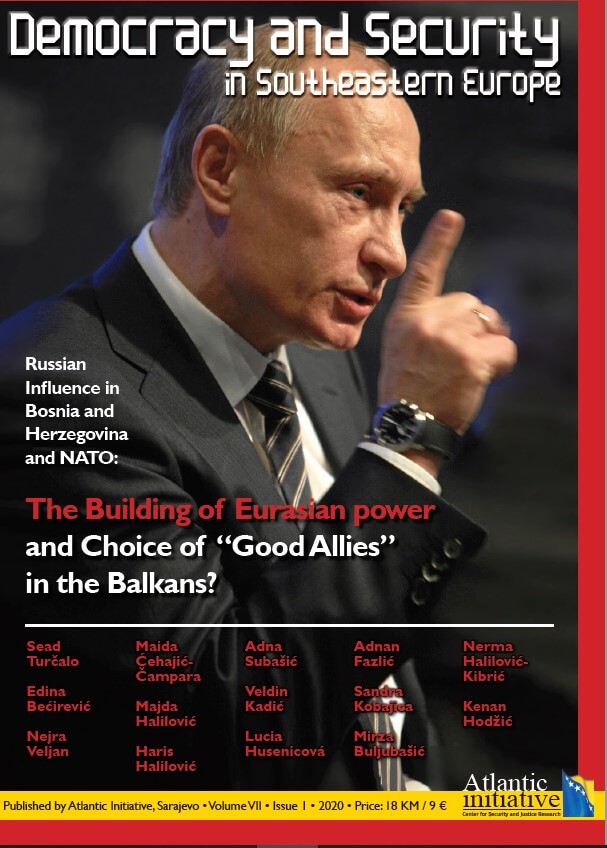The changing security situation on the Korean Peninsula from 2017 to 2019
The changing security situation on the Korean Peninsula from 2017 to 2019
Author(s): Lucia HusenicováSubject(s): Diplomatic history, Environmental and Energy policy, Government/Political systems, International relations/trade, Security and defense, Military policy, Political behavior, Present Times (2010 - today)
Published by: Atlantska inicijativa: Udruženje za promicanje euroatlantskih integracija BiH
Keywords: North Korea; nuclear program; missile crisis; diplomacy; Kim Jong-un;
Summary/Abstract: In 2017 the security situation in Northeast Asia worsened, largely due to a heightened missile crisis on Korean Peninsula. The DPRK (North Korea) was continuing to test a growing number of missiles with different ranges, culminating with an ICMB-level missile called Hwasong-15 (KN-22), and in September of that year, a sixth nuclear test was conducted. However, the 2018 brought a 180 degree change in the situation as the country have been engaged in significant diplomatic activity. Their so called ‘diplomatic offensive’ concerns South Korea, China, as well as the US. Some tangible results were achieved in inter-Korean relations, while the relations with the US remained at a stalemate ahead of second summit with president Trump in late February 2019. The aim of the presented paper is to look at the importance of the nuclear and missile program for North Korea, the results of the diplomatic offensive last year, and to shed light on North Korean expectations. The paper analyses the character of the DPRK regime and its need to survive in the broader context of current developments on the peninsula. The paper concludes with scepticism regarding the intentions for denuclearization as declared by the North Korean leader.
Journal: Democracy and Security in Southeastern Europe
- Issue Year: VII/2020
- Issue No: 1
- Page Range: 87-103
- Page Count: 17
- Language: English

